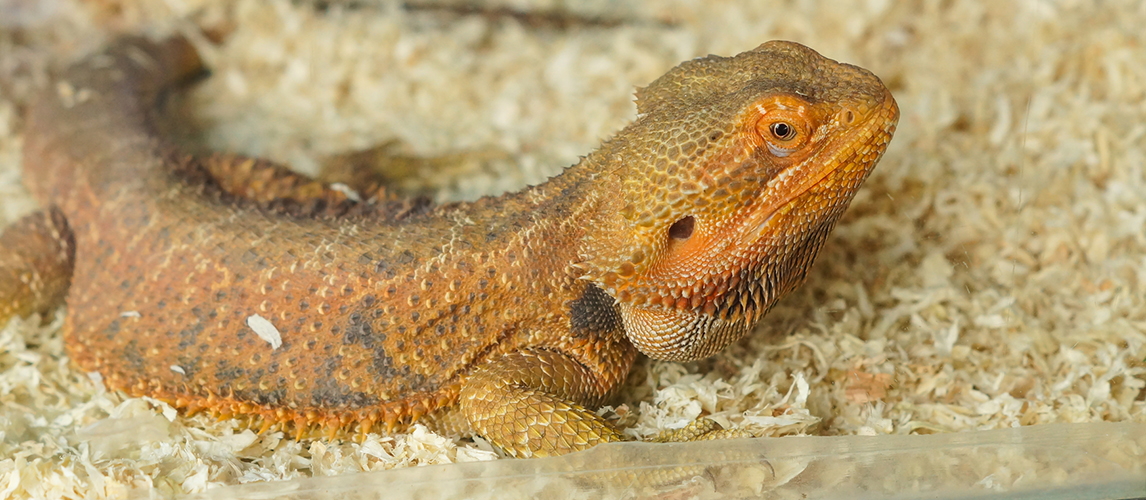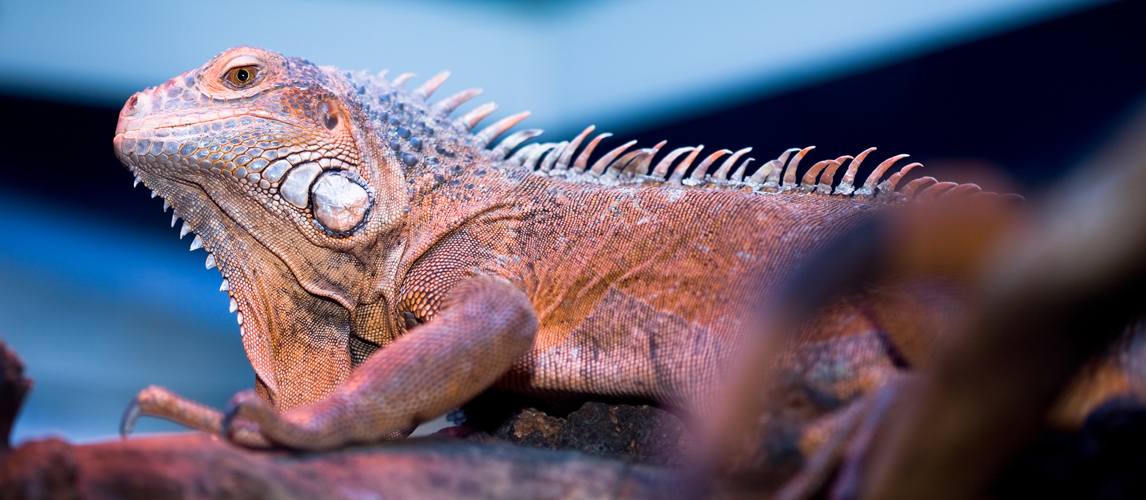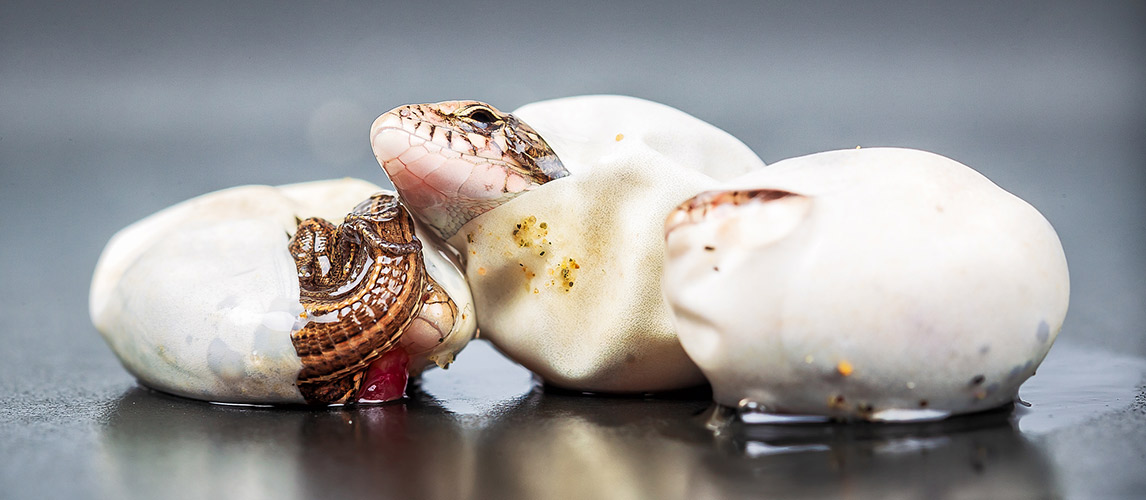
The Best Leopard Gecko Substrate in 2022
- Home
- Other animals
- Reptiles
Finding the best leopard gecko substrate is tough enough, without having to wade through the endless reptile substrate that is simply not suitable for your little gecko. As all pet owners know, giving your pets the best is the ultimate goal, in order to keep them happy, healthy and thriving.
That’s why we’ve collated the best substrate for leopard gecko pets and put them all in a handy list for you to mull over. Not only that, but we’ve taken the time to really help you create the ultimate leopard gecko habitat. Read on, to find out more.
The Best Leopard Gecko Substrate
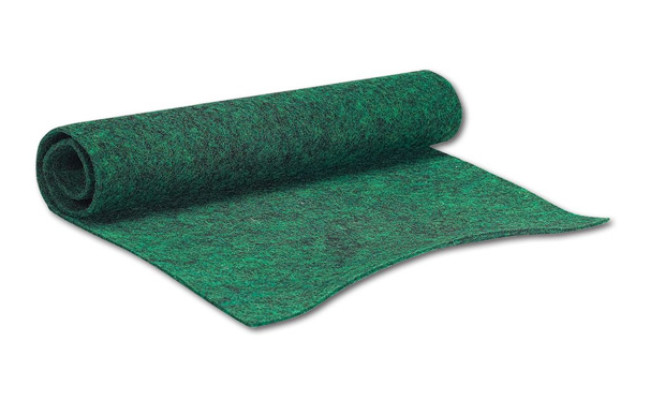
Easily the best leopard gecko substrate, to use as either a lining for other substrates on its own, this substrate liner from Zilla Reptile is designed with your new pet in mind. Extremely low maintenance and completely safe for your leopard gecko, the odor reducing material utilizes natural enzymes to create a biodegradable alternative that ensure greater time between cleans – keeping your leopard gecko happier in the long-run.
This is a great choice for younger reptiles, as it’s less likely to accidentally be ingested. It’s also a good choice if you’re still getting used to your new reptile as this gecko substrate is so quick and easy to change, when required.
Low Maintenance
Cut to size
Odor-reducing material
- Brand: Zilla
- Model: 100111758
- Weight: 6.4 ounces
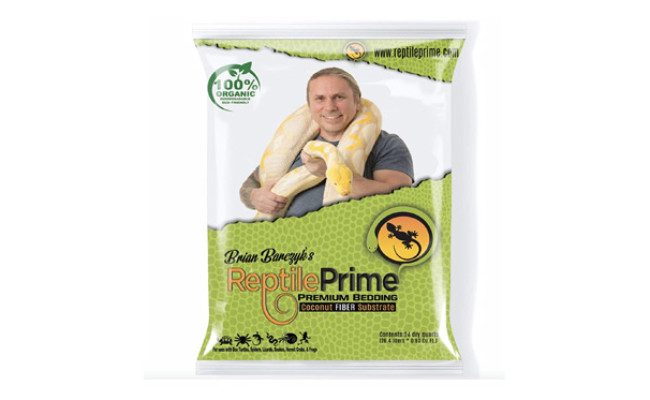
A great, organic and compostable option, coconut fiber is a popular substrate for many reptiles and this option from Reptile Prime is a great example of coconut fiber bedding done right. Suitable for dry habitats but absorbent enough to handle spills and the daily bodily fluids of your leopard gecko, this substrate is perfect for the full range of leopard gecko bedding needs.
You can combine this gecko substrate with plants (and even grow your own plants with this bedding) to create an enclosure that you gecko will love and that really reflects their natural habitat. Similarly, it can also become as humid as you like, giving you the opportunity to change the substrate to meet your geckos personal preferences.
Suitable for warm climates
Naturally absorbent
100% organic
- Brand: Reptile Prime
- Weight: 6.5 pounds
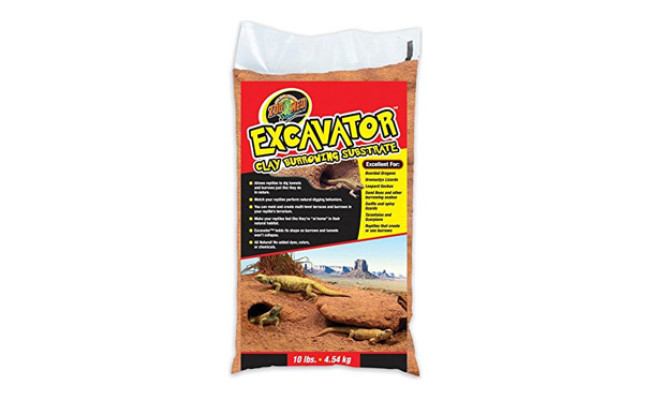
Ideal for the average, burrowing leopard gecko, this substrate can be shaped and dried before adding your new pet or simply left so that your leopard gecko can explore their new substrate themselves.
There is very little risk of tunnels collapsing, as the gecko substrate is able to hold the shape created exceptionally well. At the same time, it provides ample opportunity for your gecko to create their own hiding space and find somewhere comfortable to stay, when required.
Ideal for burrowing reptiles
Holds shape well
Ideal for a natural enclosure
- Brand: Zoo Med
- Model: XR10
- Weight: 10.01 pounds
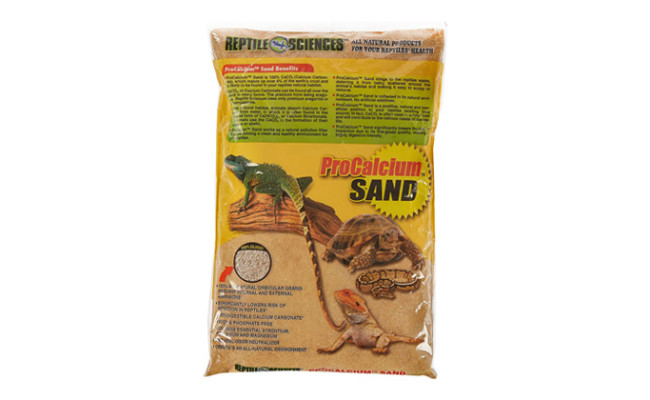
While some sands come with the increased risk of impaction for your reptile, this black terrarium sand from Reptile Sciences is one of the best leopard gecko substrates thanks to it’s natural ingredients. Completely digestible and therefore eliminating the risk of impaction or the negative effects of accidental ingestion, this a great choice in substrate for leopard geckos.
This gecko bedding is completely silica and phosphate-free, but holds the added benefit of containing added potassium, magnesium and strontium. Overall, this gives many nutritional benefits to your gecko and makes for excellent gecko substrate.
Completely digestible
100% natural
2-pack
- Brand: Reptile Sciences
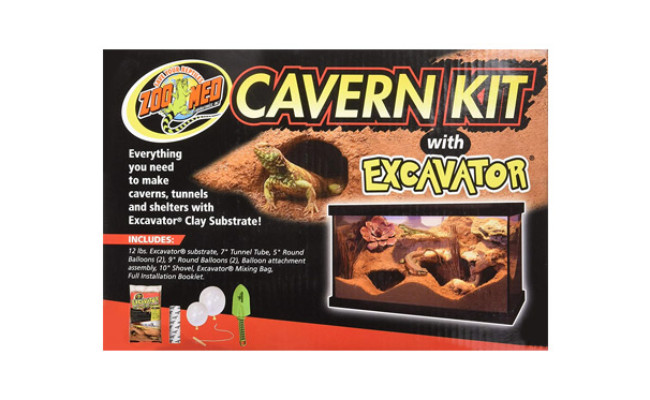
Perfect for a new owner, this excavator kit comes with everything you could possibly need to set up your leopard gecko habitat. To begin, it includes a 12lb bag of excavator substrate, allowing you and your gecko to create a home that they’ll truly enjoy, thanks to it’s burrowing capabilities and tunnel-making opportunities.
It also features a full range of essential tools, to help make your leopard gecko habitat all the more enjoyable. As well as a tunnel tube, designed to help you create solid burrows for your gecko to work with, it also comes with round balloons to make additional hiding spaces. Finally, a shovel and mixing bag come with your purchase, to help keep cleaning and creating a tidy process.
Full kit included
Substrate booklet included
Ideal for first-time owners
- Brand: Zoo Med E
- Model: 976857
- Weight: 14.4 ounces
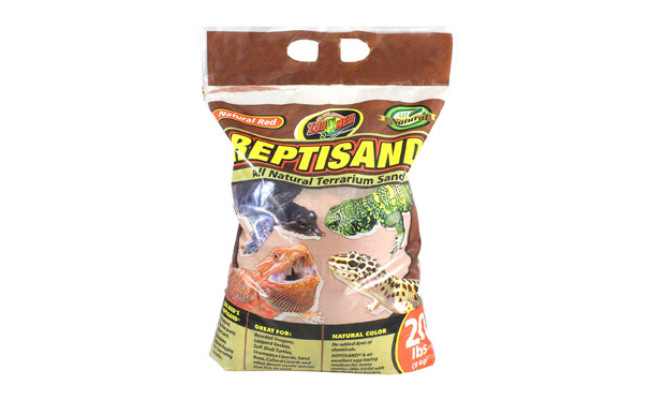
Perfect to use alongside some of our other options, this terrarium moss from Zilla helps to create a natural habitat by providing plenty of alternate spaces to dig, hide and generally mess around in.
Mimicking the bushy areas of their homeland, this moss helps change up your standard terrarium and creates a bit of change for your leopard gecko. While this may be a little too light to use on its own, this is still a great option to use with a good quality substrate liner or placed on top of sand substrate.
Can be used to dig and burrow
Creates a lush landscape
Completely natural
- Brand: Zoo Med
- Model: 976803
- Weight: 19.9 pounds
Best Leopard Gecko Substrate Buying Guide
Things to Consider When Buying a Leopard Gecko Substrate
The two biggest factors when it comes to leopard gecko substrate and leopard gecko bedding are the age of your new pet and the material of the gecko bedding. The age of your leopard gecko matters mostly due to their size and abilities. Younger geckos are more likely to accidentally ingest sand, for example, which can cause severe health problems such as impaction. Meanwhile, older leopard geckos may be more acclimated to sand and enjoy burrowing in a substrate that more closely reflects their home.
However, the biggest factor is the material. There are plenty of options out there and it can be easy to become overwhelmed. That said, we generally recommend starting from a few, known gecko substrates that are proven to work well – coconut fibers, terrarium moss, cavern substrate and carpets/lining.
Coconut fibers are ideal for new starters and young geckos, as they are soft and absorbent enough to ensure easy humidity and temperature regulation. They’re also ideal for adding plants, as this substrate can be quickly and easily moved – which is also perfect for geckos that are keen on burrowing.
Terrarium moss and carpets/lining work very well together, in that they generally shouldn’t be used as a stand-alone gecko bedding but add great durability and longevity to other substrates. Linings are quick and easy to apply, while moss do well to mimic the natural habitat of the leopard gecko.
Cavern substrate is a favorite of ours, when it comes to creating the best leopard gecko substrate. This is because you have the freedom to create your own tunnels – giving your leopard gecko a place to hide from the moment they set foot in their terrarium – or you can give your gecko complete freedom to burrow their own tunnels. They also hold humidity very well and give plenty of hiding space from heat lamps, when required.
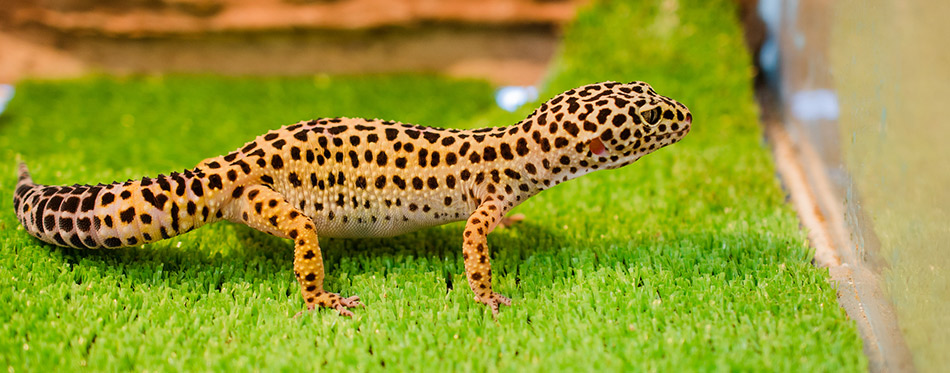
Substrates to Always Avoid
Wood chips and wood shavings are among the top contenders of substrates to avoid for your leopard gecko bedding. These are prone to creating splinters that can get caught in the eye or nose of reptiles, making them a big no-no when it comes to the health and safety of your gecko. For similar reasons, substrates based on walnut shells, corn cob and gravel are best avoided, too.
Sand can be a hit-and-miss option. While it most closely resemble their natural habitat, it also increases the risk of impaction and digestive problems in your leopard gecko. This is because it is the most likely gecko substrate to be accidentally ingested. Our advice here is to only opt for sand once your leopard gecko is fully grown (young geckos are more likely to suffer from impaction) and when you are fully confident in your abilities to set up a suitable terrarium.
How to Set Up an Ideal Leopard Gecko Habitat
Getting the right leopard gecko tank setup can be tricky – especially if you’re new to reptiles as a whole. The key is to do a good level of research into every part of the leopard gecko habitat, so you can say with complete confidence that your terrarium is built with them in mind.
Before you start, you’ll need a tank for your terrarium. Your gecko tank will likely need to be between 10 and 20 gallons in size, giving them enough space to explore but small enough that they aren’t completely overwhelmed – or simply to stop them getting lost and causing you to panic and pull everything out to see where they are.
To start, you’ll need to ensure that your enclosure is suitably heated. Leopard geckos hail from warm climates that have average humidity. So, to meet these needs you’ll require a heat lamp that maintains a temperature of between 65 and 85F, but does not lower the humidity level to below 25% or raise it to 45%. This is absolutely essential and where you’ll likely spend the majority of your budget.
Because of the heat, you’ll also need to add some plants to your enclosure, which will give your gecko a good place to relax and sleep, as well as helping to create a good hiding place. Don’t forget that your heat lamp will need to be turned off in order to give your leopard gecko ample resting time – automatic timers are ideal for this, especially if you’re prone to forgetting.
Rocks are hit and miss, as they provide a great place for sunning themselves but may also overheat and therefore cause burns to your gecko. Instead, we recommend using logs or similar as a place to sun themselves.
Finally, you need to pick your substrate. This will have the biggest effect on the happiness of your new pet and a good quality gecko bedding can make owning your new pet much easier in the long run. Consider the above when choosing your gecko substrate, and do feel free to ask for recommendations from experience gecko owners, too.
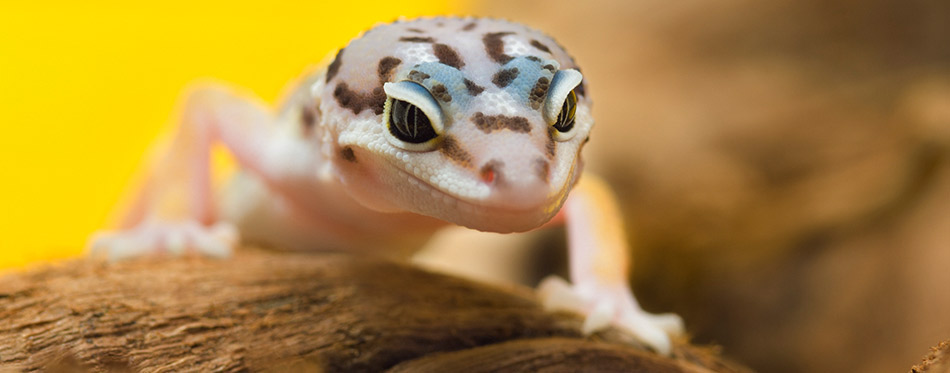
Our Top Pick
We love the Zilla Reptile Terrarium Bedding Substrate Liner because it’s so user-friendly for both your leopard gecko and new reptile owners. Designed to be cut to size and placed where required, it also plays host to some nice, additional features. These include the biodegradable enzymes, which increase the length of time between cleans and a snag-free finish, that keeps your gecko safe and happy as they grow.
Sources:
- Brian E. Viets, Temperature-dependent sex determination in the leopard gecko, Wiley Online Library
- Dr. Laurie Hess DVM, Get to Know the Leopard Gecko, VetStreet
Related Posts

